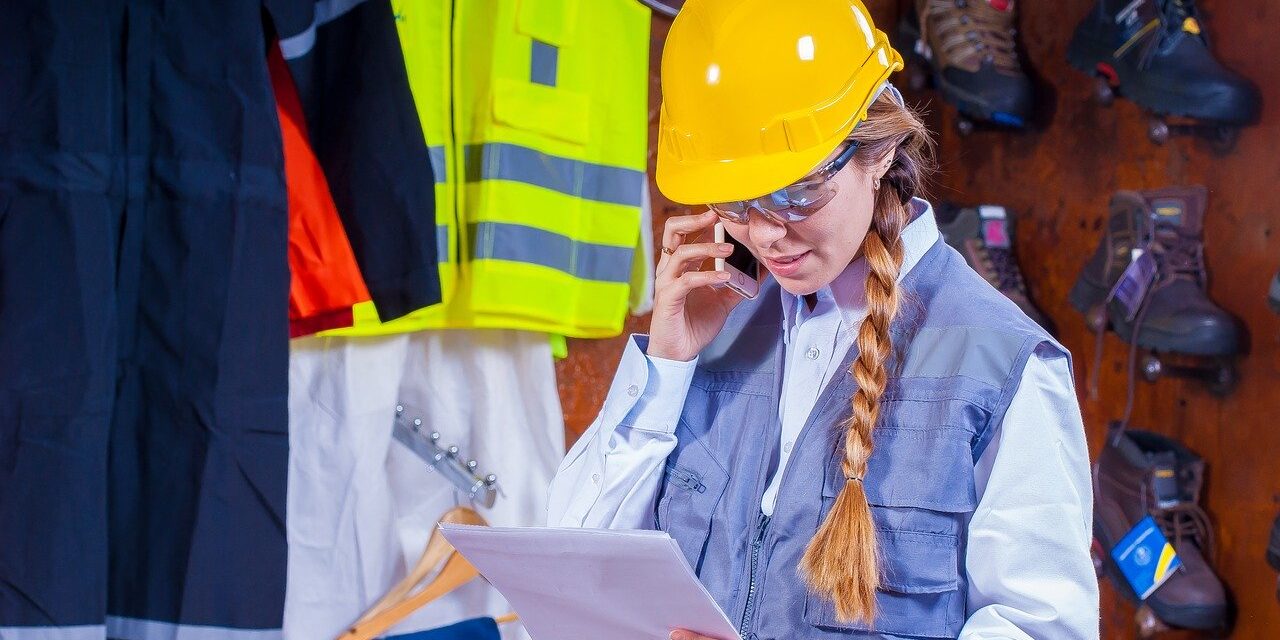Working in the construction ranks very high on the list when it comes to recognizing the most dangerous jobs in the USA. The construction industry, which is responsible for 20 per cent of work-related deaths, is considered to pose many threats to employees in the field. Close to 6.5 million people work on any given day at about 252,000 construction sites across the country. Of all sectors, the fatal injury rate in this group is higher for the construction industry than the national average. As an employer, cutting corners can be tempting to save costs; but with workplace-related accidents being the cause of more than 2.2 million missed working days annually, it is in no one’s best interest to prevent them.
The main aim of the construction sector is to put accidents, injuries and fatalities in the workplace to null. The fewer accidents that occur, the more popular the construction sector will become. But Safety at the construction site is one of the items most ignored during a construction project. Accidents are an annoyance to the worker in most workplaces, and a nightmare to HR. However, accidents at construction sites have the potential to be life-threatening. The best hope of reducing the number of accidents is to keep staff aware of safety problems, educate them on these problems, interact and explore ways to develop and record these safety programs and concerns. It is an ethical duty of employers to provide a safe and hazard-free work environment for employees in all sectors of the job. However, in the construction industry, occupational health is more critical as it includes operating on different types of mechanical equipment as well as chemical substances. The goal of safety training programs should be to provide the staff with the knowledge and skills needed to function in a safe manner as well as to enhance their performance when operating on different tools or equipment. True North Safety, is a safety training company in British Columbia. At True North Safety, we offer occupational health training courses by accredited trainers because health and safety is the main element in promoting the well-being of both workers and employers in all industries. It is the firm’s obligation and moral responsibility to see the employee’s health. As certified and approved trainers, we also provide the training specified to ensure that your employees are qualified and equipped with the requisite skills to carry out their assignments in a secure way. True North Safety and Risk Management Inc.,, provides multiple safety-related qualification courses as required at other workplaces for an employee or worker trying to step up their skill level. Here you get the expertise and skills required to perform your tasks in a professional and healthy manner. Security plans provide instructions and guidance for minimizing future accidents, and how to properly report on those events if they occur. Safety and health training, first aid training and construction safety training programs are inevitable to prevent damage, injury, mishaps and accidents for construction employees. Safety training should be an integral part of the onboard process of a construction employee. Because Safety Training does a lot more rather than just preventing injuries.
Any argument for the business importance of safety starts with the people who have their finger on the productivity pulse of a company: financial executives. A study published in Accident Analysis and Prevention examined how financial managers in medium and large enterprises view safety in the workplace. Researchers found that CFOs and other execs believe that “more than four dollars would be returned for every dollar spent on improving workplace safety.”
Many people recognize that investment on safety is a way to avoid higher road costs (similar savings figures have also been recorded by Safety & Health and the Labor Department of Vermont, among others), and it turns out that senior management also thinks the same thing. If nothing else, this reflects the ability of the C-suite to consider health as a cost-saving measure.
The study also notes that financial managers believe that safety training can enhance company performance in addition to cost reduction, and they “perceived the highest benefits of an effective safety program as being predominantly financial in nature – increased productivity and reduced costs.” Safety not only stops companies from losing money — it improves their ability to make money.
In short, Safety and productivity are obviously inextricably related. Through incorporating it into the processes of your business, you can completely leverage the importance of protection. The employers should use it as a source of inspiration and employee engagement, and show that spending on safety programs leads to healthier workers and a stable bottom line for the top management. This will be valued by the employees and shareholders.







